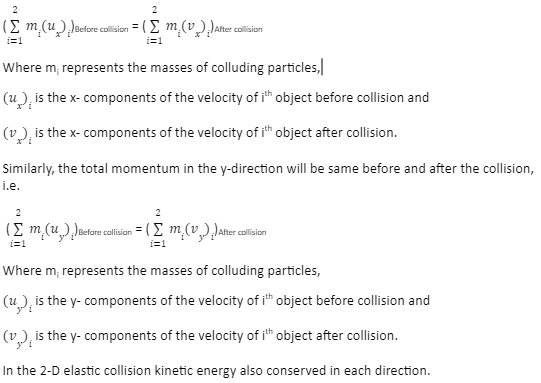When a rubber balloon is rubbed on hair, it develops the ability to attract items such as shreds of paper, etc. This occurs as a result of electric charges being discharged by rubbing insulating surfaces.
Electric charge is a quality that exists with all fundamental particles, no matter where they are found.
When an electric charge q0 is held near another charge Q, it experiences either an attraction or repulsion force. The electric field around the charge Q is said to have built up this force. As a result, the electric field of charge Q as space, in which the presence of charge Q affects the space around it, causing force F to be generated on any charge q0 held in the space.
Thus, the electric field produced by a particular electric charge Q is defined as the area surrounding the charge in which another charge q can experience the charge’s electrostatic attraction or repulsion.
Electric field
Every point in space has an electric field, which is a vector quantity. The electric field at a point represents the force that would be applied to a unit positive test charge if it were placed there.
A charged particle (also known as a point charge or a source charge) creates an electric field in the area around it. The rest of the universe is the region of space that surrounds a charged particle. In practice, because the electric field due to a point charge “dies off like one over r-squared,” the electric field at places in space far from the source charge is minimal. In other words, the electric field produced by a point charge obeys an inverse square law, which states that the electric field produced by a point charge is proportional to the reciprocal of the square of the distance travelled by the point.
In other words, the electric field caused by a point charge obeys an inverse square law. The law states that the electric field caused by a point charge is inversely proportional to the square of the distance between the point charge and electric field.
Electric field due to a point charge
Faraday was the first to propose the concept of the field. The strength of the electric field at any point is defined by its intensity. It’s the force that a single positive charge exerts at a given location. If a force operating on this unit positive charge +q0 at a point r, the intensity of the electric field is given by:
A positive point charge’s electric field direction points away from it, while a negative point charge’s field direction points straight at it. As you go away from the point charge, the amplitude of the electric field decreases by 1/r2.
Electric field around two point charges
Each source charge contributes to the electric field at every location in the vicinity of the source charges if there is more than one source charge. The vector sum of the electric fields due to each source charge at a location in space near the source charges is the electric field at that point. Let’s say there are two charged particles in the set of source charges. The electric field at point P is equal to the electric field vector due to the first charged particle plus the electric field vector due to the second charged particle.
Because the two electric field vectors contributing to the total electric field at point P are vectors, determining the total electric field at location P is a vector addition problem.
Hence, the vector sum of electric field intensities due to individual charges at the same site equals the electric field intensity at any point due to a system or group of charges. E=E1+E2+E3+…..+En is the vector sum of electric field intensities.
Electric field between charges of different magnitudes
When the magnitudes are not equal, the larger charge has a greater influence on the direction of the field lines than when they are. Here’s an example of a configuration in which the positive charge is significantly more than the negative charge. At higher distances, the field lines resemble those of an isolated charge more than they did in the previous case. This is due to the fact that a larger charge produces a stronger field and hence contributes more to the force on a test charge than a smaller charge.
Conclusion
A physical field that surrounds electrically charged particles and exerts a force on all other charged particles in the field, is called an electric field. It can also refer to a system of charged particles’ physical field. When two charges are present, the electric field then may attract or repel each other.

Conclusion
A collision occurs when one body collides with another. When two bodies collide, energy gets transferred from one to the other. The ability to conduct tasks is called energy. Its occurrence in physics is seen when particles, grouping of particles or solid entities move toward one another and get close enough to interact and exert a mutual effect. Additionally, some energy is often passed to the surrounding air in such impacts, causing the air to heat up and emit sound. Light also transports energy from one location to another. In terms of collision, both elastic collisions in one dimension and elastic collisions in two dimensions are quite important.
 Profile
Profile Settings
Settings Refer your friends
Refer your friends Sign out
Sign out






